The Oppo Find X3 Lite is the most affordable of the Find X3 line of devices, which also includes the Find X3 Neo and the flagship Find X3 Pro. The X3 Lite operates on the Qualcomm Snapdragon 765G chipset, has a 6.4″ screen, and costs about half the price of the X3 Pro.
The brand does not offer any details about the audio setup on its website, but we know that it has one speaker, which is right bottom side-firing, and it has a 3.5 mm headphone jack. Let’s see how it fares in our rigorous audio testing protocol.
Audio specifications include:
- One bottom side-firing speaker.
- Headphone jack
About DXOMARK Audio tests: For scoring and analysis in our smartphone audio reviews, DXOMARK engineers perform a variety of objective tests and undertake more than 20 hours of perceptual evaluation under controlled lab conditions. This article highlights the most important results of our testing. Note that we evaluate both Playback and Recording using only the device’s built-in hardware and default apps. (For more details about our Playback protocol, click here; for more details about our Recording protocol, click here.)
Test summary
Scoring
Sub-scores and attributes included in the calculations of the global score.
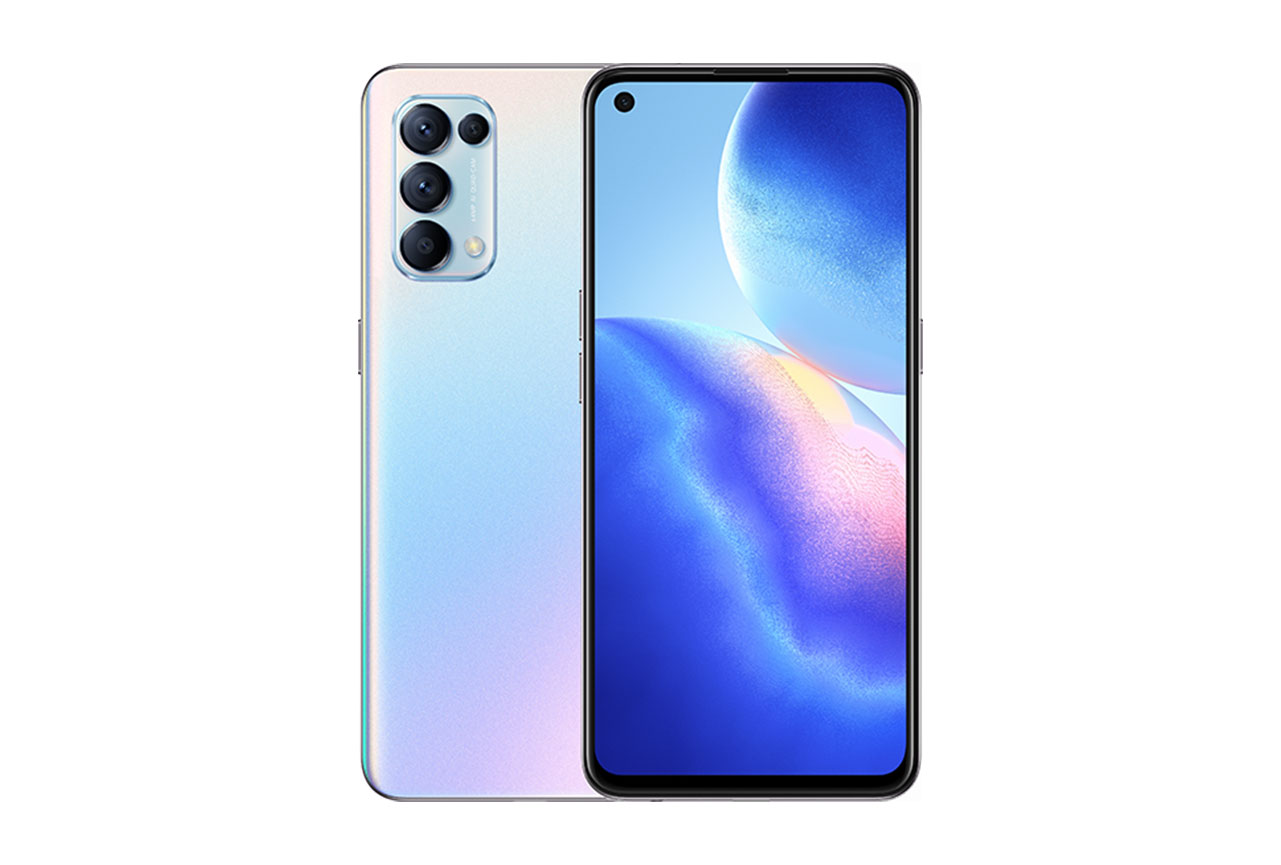
Oppo Find X3 Lite


 191st
191st 32nd
32ndPlayback
Recording
Pros
- Well-managed background reduction outdoors in selfie video and memo app.
- Very clear midrange and high-end.
- Records well in high sound pressure level environments.
- The device generates few artifacts, and did particularly well in the urban use cases.
Cons
- Inverted stereo image when recording video with the rear cameras in landscape mode.
- Overall lack of low end.
With an overall score of 53, the Oppo Find X3 Lite lands toward the bottom among all devices we’ve tested, and also is among the lower scores in DXOMARK’s High-End price category. It matches the overall score of the Honor 20 Pro, for example, in our database.
In Playback, the X3 Lite is generally functional. With only one speaker, it starts at a disadvantage, especially in the spatial attribute. The strong low midrange does have a pleasant warmth, but it’s not enough on its own to support a good tonal balance. Dynamics were also problematic. Strong points were a well-tuned minimum volume step and a relatively good score in artifacts.
As a recording device, the Find X3 Lite has some interesting quirks. More than some devices we’ve tested, the sound quality it captures really depends on what it’s being used for. In the spatial attribute, for example, the localizability isn’t very good — except when recording selfie videos in an urban environment. It also received decent scores in dynamics and artifacts.
Sub-scores explained
The DXOMARK Audio overall score of 53 for the Oppo Find X3 Lite is derived from its Playback and Recording scores and their respective sub-scores. In this section, we’ll take a closer look at these audio quality sub-scores and explain what they mean for the user.
Playback
Timbre tests measure how well a phone reproduces sound across the audible tonal range and takes into account bass, midrange, treble, tonal balance, and volume dependency.
The Oppo Find X3 Lite earned a below average score for timbre. The tonal balance is focused on the low midrange, and does have a satisfying warmth, but there is a lack of brightness at the high end and a simple lack of low end that undermines the positive aspects. The low midrange lacks fullness, specifically the upper part. This is especially noticeable when holding listening to the device in portrait mode. In that case, it lacks even more upper midrange clarity, and the low mid can become muddied.
Overall, treble lacks brightness and airiness. A small bump in the lower treble part of the spectrum makes it sound canny and resonant. Bass is decent but lacks low-end extension and strength. The strong low midrange helps it maintain its clear presence, just the same.
The tonal balance, focused on the low midrange, remains the same at softer volumes, but at maximum volume the result is quite different; tonal balance becomes riddled with inconsistencies, very muffled and yet thin.
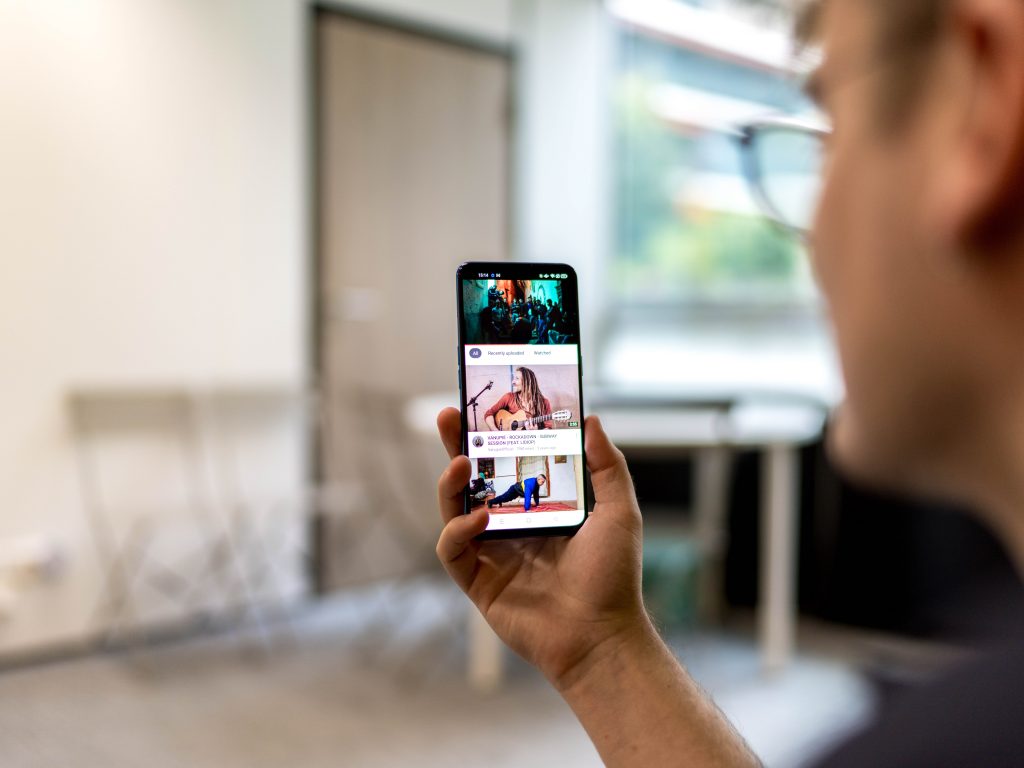

Dynamics
Oppo Find X3 Lite
56
81
DXOMARK’s dynamics tests measure how well a device reproduces the energy level of a sound source, and how precisely it reproduces bass frequencies.
The Oppo Find X3 Lite delivers a below average performance in dynamics. Attack is decent, but slightly rounded and not as sharp as it should be. At low volume attack slips into flimsiness. At high volume, it is stifled by compression. Bass precision is off the mark because of the significant lack of attack, especially observable on kick and bass hits. This renders the bass envelope inaccurate at every volume.

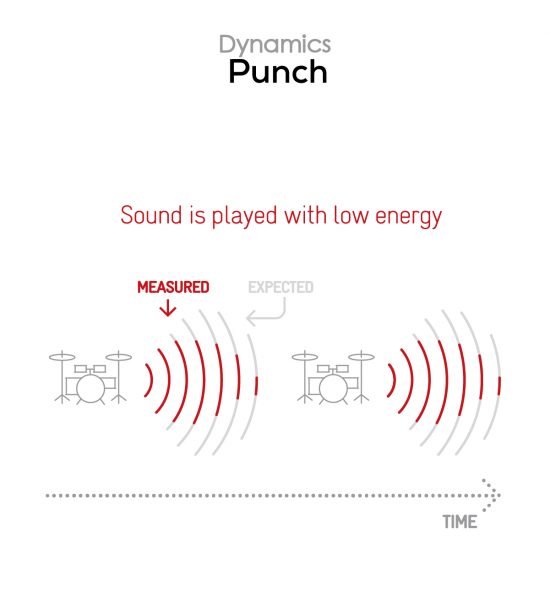
An important absence of overall energy and transient information subdues punch, and at higher volumes, compression becomes an obstacle. It sounds a bit bland.

Spatial
Oppo Find X3 Lite
29
88
The sub-attributes for perceptual spatial tests include localizability, balance, distance, and wideness.
As you would expect with a one-speaker device, the spatial attribute is not a strong suit for the Oppo Find X3 Lite, but its flaws go beyond that.
Localizability is very blurry and unclear. Balance is tilted to the right (Hi Engineers: Even considering it just has one speaker on the right? It seems further to the right than the actual speaker?) The wideness score is zero. One bright spot is that distance perception is fairly accurate.


Volume
Oppo Find X3 Lite
61
91
Volume tests measure both the overall loudness a device is able to reproduce and how smoothly volume increases and decreases based on user input.
| Hip-Hop | Classical | |
| Oppo Find X3 Lite | 70.6 dBA | 69 dBA |
| Oppo Find X3 Pro | 74.8 dBA | 70.2 dBA |
| Oppo Reno5 Pro+ 5G | 74.2 dBA | 70.5 dBA |
The Find X3 Lite performs below average for volume. Compression has a big impact on the loudness at maximum volume. Volume consistency isn’t great either, but on a positive note, intelligibility at the minimum volume step is very satisfactory.

Artifacts
Oppo Find X3 Lite
81
113
Artifacts tests measure how much source audio is distorted when played back through a device’s speakers. Distortion can occur both because of sound processing in the device and because of the quality of the speakers.
The Oppo Find X3 Lite fares somewhat better in the artifacts attribute. The device stays mostly clean of artifacts at nominal volume and in normal circumstances, but its rendition of synthetic signals shows it’s fairly limited and that indicates that it could induce aliasing and multi-tone artifacts.

The compression previously mentioned in the volume attribute is the first easily observed artifact. This is accompanied by distortion at high SPL, clipping that occurs at specific resonant frequencies, and some bass distortion. The Find X3 Lite is prone to occlusion of the hand that can result in partial or total muting of the speaker. In the gaming use case, this issue was particularly nettlesome.
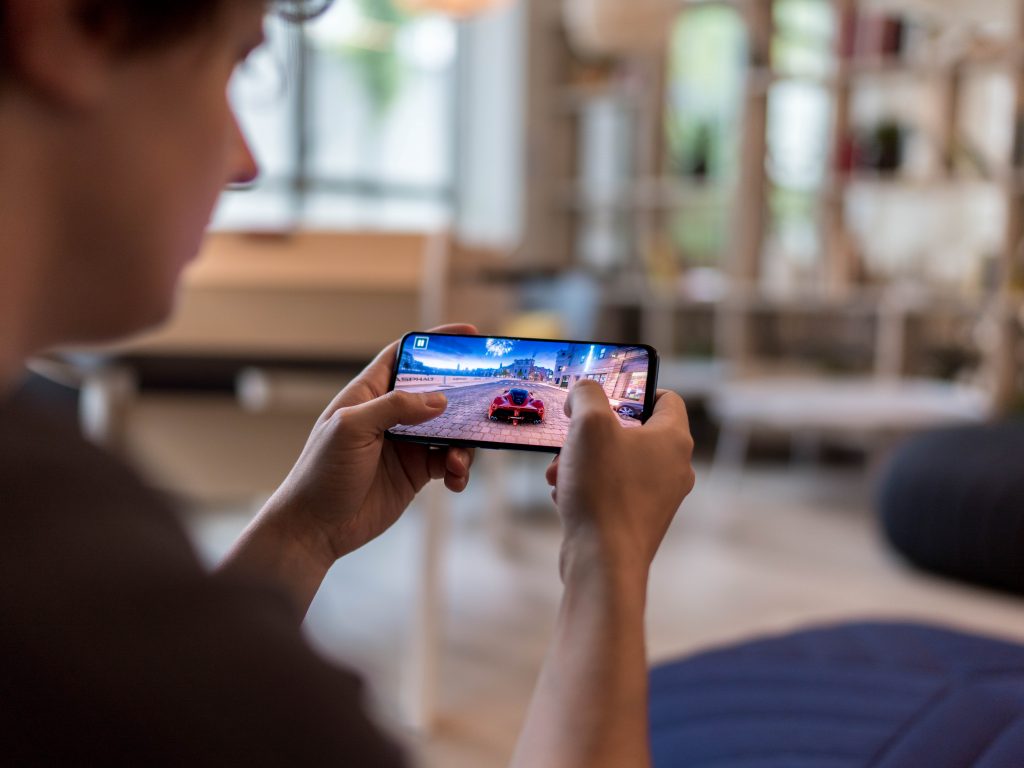
Recording

Timbre
Oppo Find X3 Lite
62
91
The sound quality produced by the Oppo Find X3 Lite as a recording device really depends on what you’re using it for. In most use cases it has good treble and high-end extension, and it performs exceptionally well in the meeting use case where the treble is clean and open.
The variables multiply when you consider midrange. The Find X3 Lite performs really well in the life-video home use case, delivering very clear and intelligible voices. But in the meeting use case, where it can sound slightly nasal, it lacks some body,
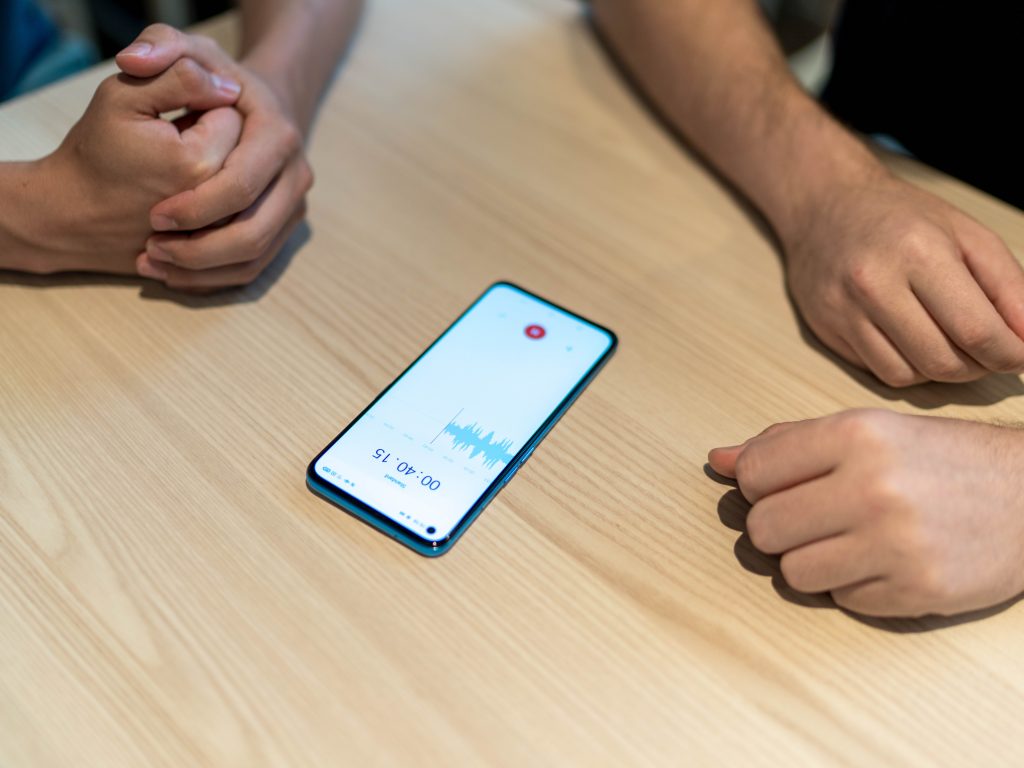
Low end is lacking in most use cases, but the lower midrange is still present and supports the overall timbre.

Dynamics
Oppo Find X3 Lite
61
81
The X3 Lite delivers a decent performance in recording dynamics. Voices are precise and intelligible. The envelope is well defined in most use cases, with the exception of life video, where it lacks definition.
The signal-to-noise ratio (SNR) is average. More low end would lend substance to the sensation of punch. In loud situations, the dynamics remain well defined. As was the case with timbre, the lack of low end weakens punch (Engineers: Is it punch or attack? ).

Spatial
Oppo Find X3 Lite
49
78
The score in the spatial attribute reflects a number of flaws in the X3 Lite’s capacities. The localizability is not particularly good — except when recording selfie videos in an urban environment. The stereo field is narrow in every use case.
The distance perception is close to reflecting reality, and it could be even better with enhanced low-end extension. As was the case with the Oppo Find X3 Neo, an interesting oddity emerges in the life video use case (rear cameras, landscape mode): the stereo field is inverted when you are holding it correctly. This quirk cost it heavily in the wideness score.

Volume
Oppo Find X3 Lite
58
99
Recording loudness is average in the Oppo Find X3 Lite. One of the device’s strong points is the excellent management of background level in the outdoors selfie video and memo use cases. In these sometimes trying circumstances, the X3 Lite effectively enhances the clarity and intelligibility of the target voices.
Here are our test results, measured in LUFS (Loudness Unit Full Scale). As a reference, we expect loudness levels to be above -24 LUFS for recorded content:
| Meeting | Life Video | Selfie Video | Memo | |
| Oppo Find X3 Lite | -28.6 LUFS | -21.4 LUFS | -21.6 LUFS | -21.2 LUFS |
| Oppo Find X3 Pro | -26 LUFS | -22.6 LUFS | -26.7 LUFS | -19.9 LUFS |
| Oppo Reno5 Pro+ 5G | -25.5 LUFS | -22.9 LUFS | -21.9 LUFS | -21.4 LUFS |

Artifacts
Oppo Find X3 Lite
73
97
Here is an above-average bright spot for the Find X3 Lite. The device delivers clean sound, especially in the selfie video urban use case. Pumping effects can be heard when recording loud sources, but the issue remains relatively controlled.
You can check for artifacts yourself in this sample recording:

Background
Oppo Find X3 Lite
36
60
The X3 Lite struggled with managing background. Gating and pumping took a toll on the score here, and the lack of low-end extension made background sound thin.
In selfie video use cases, the device fared better. The overall tonal balance sounds natural, and directivity was on target.
Conclusion
Being a one-speaker device, the Oppo Find X3 Lite starts from a weak position, but it could have done more to bolster its strong points and shore up the weak ones. In playback, it is mostly functional and even deserves some praise for its warm midrange, though it had flaws on the other ends of the spectrum. It performed fairly well in artifacts, delivering clean sound in most use cases.
As a recording device, the X3 Lite is a conundrum. Performing well in some respects — even difficult sound environments — and foundering in others. The inverted sound scene in life video is a head scratcher, to be sure. As a recording device, the Find X3 Lite captures sound without inducing many artifacts, a positive to build on in future iterations of this line of Oppo devices.


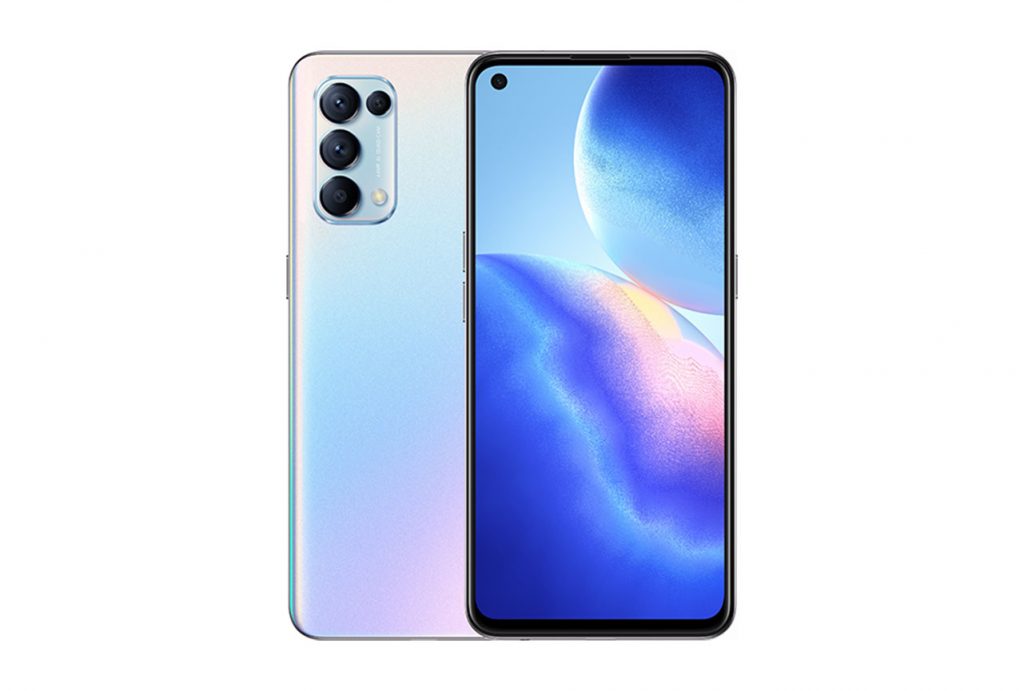
DXOMARK encourages its readers to share comments on the articles. To read or post comments, Disqus cookies are required. Change your Cookies Preferences and read more about our Comment Policy.